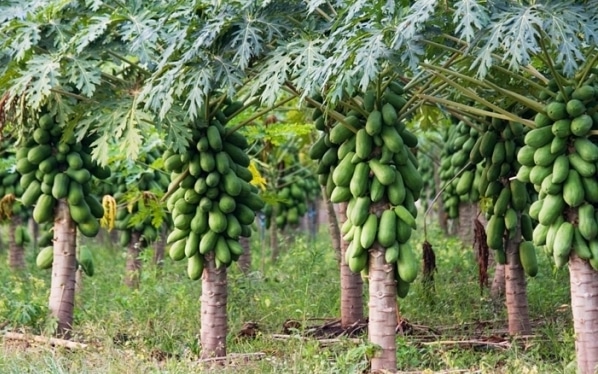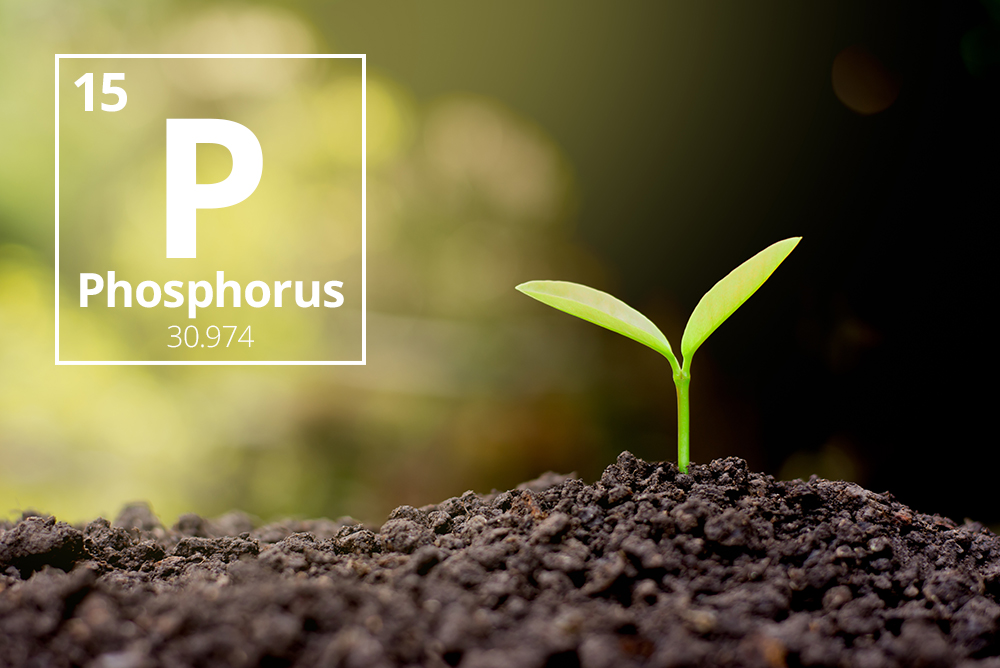How to cultivate grapes? A Complete Guide
January 3, 2024Grape cultivation is a rewarding venture that combines agricultural expertise with a passion for producing one of the world's oldest and most cherished fruits. Whether you're a seasoned farmer or a beginner looking to delve into viticulture, this comprehensive guide will walk you through the key steps and considerations for successful grape farming.
Selecting the Right Variety:
The first step in grape cultivation is choosing the right grape variety based on your region's climate and purpose. Popular varieties include Thompson Seedless for table grapes, Cabernet Sauvignon for wine, and Concord for juices. Consider factors such as soil type, temperature, and precipitation when making your selection.
Site Selection and Soil Preparation:
Grapes thrive in well-drained soil with a slightly acidic to neutral pH. Choose a site with good air circulation and sunlight exposure. Proper soil preparation involves tilling, adding organic matter, and ensuring adequate drainage. Conduct soil tests to determine nutrient levels and make amendments accordingly.
Planting:
Plant grapevines in late winter or early spring, ensuring they receive full sunlight. Use high-quality planting material, and space the vines according to the specific variety's requirements. Install trellises or support systems to help the vines climb and receive proper air circulation.
Training and Pruning:
Proper training and pruning are essential for grapevines to maximize sunlight exposure, improve airflow, and facilitate harvesting. Prune during the dormant season, removing excess growth and shaping the vine. Training methods include cane pruning, spur pruning, and Guyot systems, depending on the variety.
Irrigation:
Grapes require consistent moisture, especially during the growing season. Drip irrigation is a preferred method as it delivers water directly to the roots, minimizing the risk of fungal diseases. However, it's crucial not to overwater, as grapevines are susceptible to root rot in waterlogged conditions.
The bower system:
Most widely used for grape farming for commercial activity. This method is used in around 80% of the vineyards that grow grapes.
Fertilization:
Regular fertilization is essential for grapevines, especially during the growing season. Conduct soil tests to determine nutrient deficiencies and apply fertilizers accordingly. Organic fertilizers, compost, and well-balanced commercial fertilizers can be used to provide the necessary nutrients.
Pest and Disease Management:
Monitor grapevines regularly for signs of pests and diseases. Common issues include aphids, mites, and powdery mildew. Implement integrated pest management (IPM) practices, which may include the use of natural predators, organic pesticides, and cultural practices to minimize the use of chemical treatments.
Harvesting:
The timing of the harvest depends on the grape variety and its intended use. Table grapes are usually harvested when they reach their desired color and sweetness, while wine grapes are picked based on sugar content and acidity. Harvest in the early morning to retain grape quality.
Post-Harvest Handling:
Handle harvested grapes with care to prevent damage. Promptly remove leaves and debris, and cool the grapes to preserve freshness. Proper post-harvest handling is crucial for maintaining grape quality during storage and transportation.






Guest reviews
No reviews found for this Blog